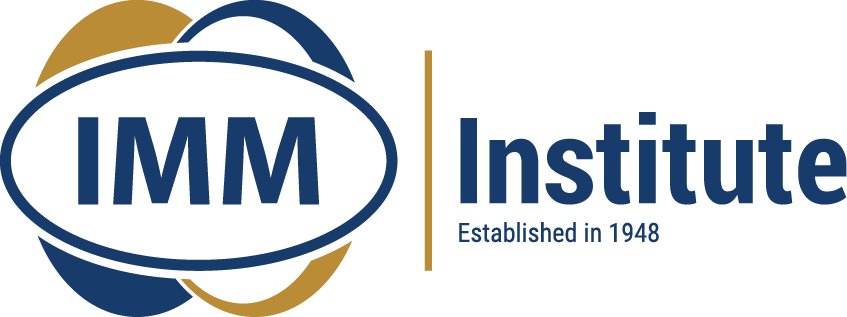
Behind the seams: Can fashion’s supply chains go green?
Behind every new outfit lies a global network of materials, transport, and choices. Explore how technology, logistics, and consumer behaviour are helping fashion go green and why the next generation of supply-chain professionals will lead the change.





